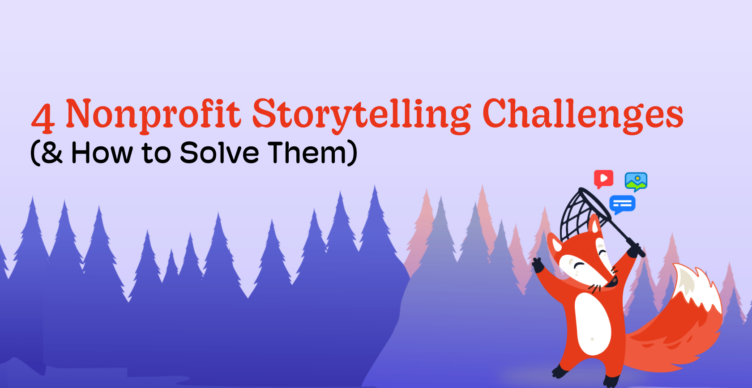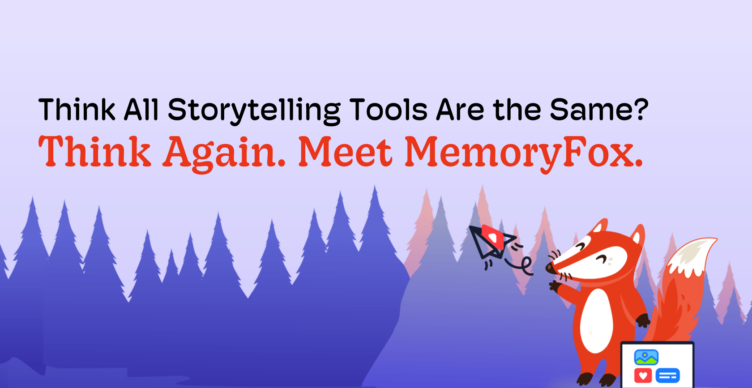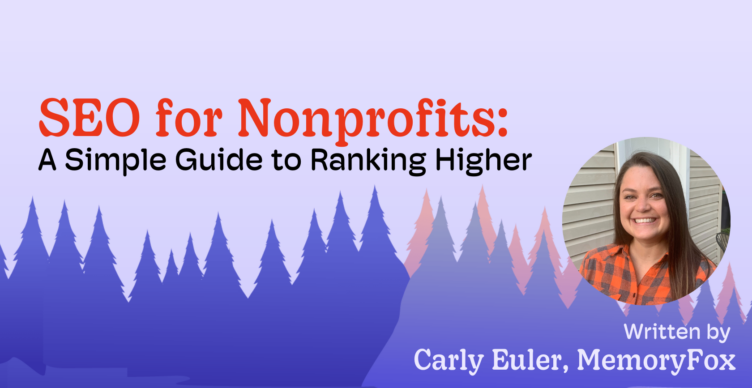Social Media Ideas, Video Storytelling
Nonprofit Social Media Summit: 5 Tips To Be A Pro On Socials
According to Sprout Social, 62% of social media users said they’ve become more interested in a product or brand after seeing it in a short-form video.
As someone who has clicked “add to cart” more times than I am willing to admit from an Instagram Ad, I know this statistic to be wildly true. In the age of scrolling, representing your brand authentically on social media has never been more important, especially for nonprofit organizations.
For nonprofits, it can feel like an impossible task to compete with the big money behind for profit brands. But, the important thing to remember is that nonprofits, inherently, have great stories to tell. You might just need a few tips from the social media pros to level up your online presence.
Last week, I attended the Nonprofit Social Media Summit, presented by J Campbell Social Marketing and Neon One. This was a fantastic two-day event for nonprofit professionals looking to enhance their social media strategy and learn about the ever-changing landscape of content creation. Day 1 featured insights from experts in the field, sharing actionable tips to help organizations engage audiences, streamline content, and achieve measurable results in the fast-paced landscape of the world wide web. Here is one key takeaway from each session from Day 1 of the Nonprofit Social Media Summit:
 Pro Tip #1: Don’t Hesitate to Repurpose Your Content
Pro Tip #1: Don’t Hesitate to Repurpose Your Content
In her opening keynote, Julia Campbell explored the key themes that would be discussed throughout the summit. One great tip she shared with attendees was to repurpose content whenever possible.
Nonprofits often feel pressure to create new material constantly, but reworking and sharing existing content in fresh ways can save time and extend its impact. For example, if your organization creates a blog post about a recent success story, you can pull quotes or statistics from the post and turn them into graphics for Instagram or LinkedIn. Similarly, a short video clip originally posted on TikTok could be reformatted and shared on Instagram Reels or YouTube Shorts.
Repurposing also works within the same platform. A high-performing post from a few months ago could be reposted with updated visuals or a new caption to bring it back into the spotlight. For Twitter (or X), you might turn a detailed thread into a single infographic to reshare later. These strategies allow you to reach new audiences while reinforcing your core message with existing followers, ensuring that your content works harder for you.
Pro Tip #2: Redefine What it Means to Entertain
Hot off the press! Laura Zubick, Senior Manager of Social Impact at Hootsuite, shared the biggest insights from their latest report – Social Media Trends 2025 – which was released the same day!
A portion of her session focused on the need for brands to focus their content on providing entertainment to their audiences. But many wondered in the chat: How can I entertain on social media when my mission involves really sensitive topics?
Laura’s Pro Tip: Reframe the idea of entertainment on social media.
It’s not about jumping on every trend; instead, focus on content that provides value—whether that’s through inspiration, hope, or powerful storytelling. Think of entertainment as a way to connect meaningfully to your unique audience, not just to follow the crowd.
Pro Tip #3: Conduct Experiments to Drive Your Long Term Strategy
Should you be on TikTok? Do Instagram Stories drive link clicks? Should we promote more events on Facebook? These are questions that you simply can’t “know” the answer to. Questions like these require experiments to inform a long term strategy.
But, how do you start experimenting? In her session, Kate Meyers Emery, Senior Digital Communications Manager at Candid, shared a framework for social media experimentation:
- Pick one thing to test, such as a new platform or a new type of content.
- Set a time period (Katie suggested between 4–12 weeks).
- Determine success metrics, like engagement rates or follower growth.
- Track time and resources to assess the effort versus the reward.
- Run, track, and stick with your experiment.
Her standout quote: “Failure is really only failure if you learn nothing.” Conducting experiments on social media is an excellent way to refine strategies, improve results and have real data to show why you have made your decisions.
Pro Tip #4: Learn to Recognize (& Reduce) Digital Friction
We’ve all done it. We’ve begun filling out a donation form without ultimately clicking the “submit” button. But have you ever considered why? The answer is simple: digital friction.
Chris Barlow from Beeline Marketing broke down the four types of digital friction that can ultimately prevent people from taking action:
- Decision Friction: Too many options can overwhelm users. You need to simplify an individual’s choices.
- Confusion Friction: If users don’t understand what to do next, they’ll disengage. You need to make navigation intuitive.
- Field Number Friction: Long forms can discourage participation. Ask only for essential information.
- Steps Friction: Streamline processes to minimize the steps required to complete an action.
Set aside some time to audit your communication channels, including your: website, newsletter, social media posts and beyond. What improvements can you make? Have you reduced digital friction for your supporters? By taking the time to consider these frictions, nonprofits can create smoother user experiences that lead to higher conversion rates and more funds raised.
Pro Tip #5: Optimize Your Videos to Maximize Engagement
Adora Drake, President of Highspirits Essentials Marketing, led a wonderfully informative session about video storytelling. Her presentation was overflowing with fresh ideas for nonprofits, but here are couple quick tips she shared for creating effective video content, especially on YouTube:
- Encourage viewers to subscribe and comment. There is a reason you hear this at the end of every video – it really works! The key to growing your online presence is inspiring your audience to engage with your account.
- Direct them to watch another video. When uploading a YouTube video, you have the option to point viewers towards the next video they should watch. Take advantage of this feature!
Despite all of this, I feel this is her biggest pro tip: Optimize your videos to maximize engagement.
Take some time to revisit older videos and update their titles, descriptions, and keywords to make them more searchable and relevant to current trends. Since YouTube is owned by the same company as Google, it is a powerhouse when it comes to search engine optimization. Perform your due diligence and make sure each video has a great chance of being seen.
Nonprofit Social Media Summit: Let’s Turn Insights into Action!
The first day of the Nonprofit Social Media Summit delivered a wealth of insights to help nonprofits strengthen their digital presence. From repurposing content to experimenting with strategies and reducing digital friction, each speaker provided actionable steps to engage audiences effectively.
As you apply these lessons, remember to prioritize authenticity and audience value in every strategy. Whether it’s updating old videos, simplifying user journeys, or experimenting with content formats, these small but impactful changes can, and will, drive long-term success.When it comes to content creation, sometimes it’s just a matter of getting started! Check out MemoryFox’s 10 Tips to Tell Great Video Stories and Short-form Video Canva Templates to start creating great content today.

About the Author
Carly Euler
Marketing Director, MemoryFox
Carly comes from the nonprofit world ready to elevate the hundreds of nonprofits in the MemoryFox community. She currently serves as the Co-Chair of the Wily Network’s Young Professionals Association, and has previously held positions at the Breast Cancer Coalition of Rochester, the Code of Support Foundation, Kenya Lacrosse Association, and the BOMA Project, where she has specialized in marketing, communications, and fundraising. Storytelling has been an integral part of each role.




